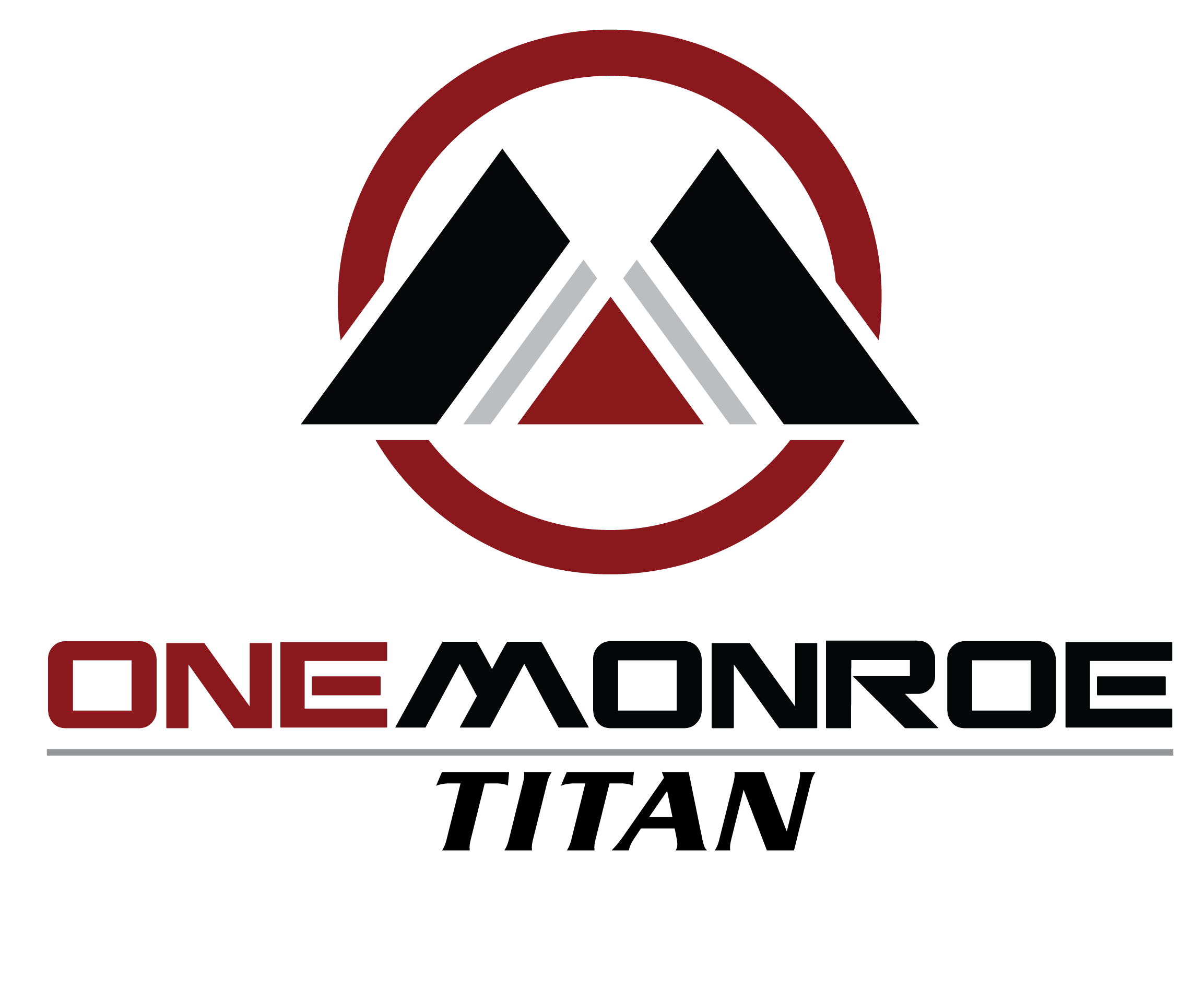
The telecommunications industry is a vital part of modern life, connecting people, businesses, and communities across vast distances. It encompasses a wide range of services, including voice communication, internet services, data transmission, and broadcasting. As the demand for faster, more reliable communication grows, the importance of the products and infrastructure that support this industry becomes even more critical. One of the most important components of the telecommunications industry is the cables and wires that enable the transmission of signals, data, and power. In this article, we will explore the telecom industry, its functions, and the essential cables, including tray cables, that power the systems behind it.
What is the Telecommunications Industry?
The telecommunications industry refers to the network of companies and technologies that provide communication services through various forms of media. This industry includes both wired and wireless communication, as well as the infrastructure and services that support internet access, mobile networks, satellite communication, and more. Telecom services play an essential role in society, enabling everything from simple phone calls to complex global communication networks for businesses, governments, and consumers.
Key sectors in the telecommunications industry include:
-
Voice communication: Traditional phone services and modern VoIP (Voice over Internet Protocol) technologies.
-
Data transmission: High-speed internet services and broadband networks.
-
Wireless communication: Mobile phone networks (3G, 4G, 5G) and satellite communication.
-
Broadcasting: TV and radio services, including cable and satellite broadcasting.
Cables and Wires in the Telecommunications Industry
Cables and wires are the backbone of the telecommunications industry, providing the medium through which data, voice, and power are transmitted. There are several types of cables used in telecommunications, each designed for specific functions and environments.
-
Coaxial Cables: Coaxial cables are widely used in the telecommunications industry for transmitting data and voice signals. These cables consist of a central conductor (typically copper or aluminum), an insulating layer, a metallic shield to reduce interference, and an outer insulation layer. Coaxial cables are commonly used for internet connections, cable television, and networking.
-
Fiber Optic Cables: Fiber optic cables are among the most advanced and efficient types of cables used in telecommunications. These cables use light to transmit data, offering high-speed and high-capacity transmission over long distances with minimal signal loss. Fiber optics are ideal for broadband internet, long-distance communication, and high-performance data networks.
-
Twisted Pair Cables: Twisted pair cables consist of pairs of insulated copper wires twisted together to reduce electromagnetic interference. These cables are commonly used for telephone lines, local area networks (LANs), and internet connections. They are less expensive than fiber optics and coaxial cables but offer lower bandwidth and performance.
Tray Cables in the Telecommunications Industry
Tray cables are another important type of cable used in the telecommunications industry. These cables are designed to be used in cable trays, which are support systems that hold and organize cables. Tray cables are commonly used in industrial settings, data centers, and telecom facilities due to their durability and flexibility.
Tray cables typically feature multiple conductors (wires) that are insulated and bundled together for easy management and installation. They are designed to be highly flexible, making them suitable for environments where cables need to be frequently moved or adjusted. Tray cables are used to connect equipment in data centers, connect telecom infrastructure, and provide power and data transmission within telecom facilities.
The key features of tray cables include:
-
Durability: Tray cables are built to withstand harsh environments, including temperature fluctuations, vibrations, and mechanical stress.
-
Flexibility: These cables are designed for flexibility, making them ideal for routing in cable trays, conduit, or other cable management systems.
-
Multiple Conductors: Tray cables can include several conductors for various functions, such as transmitting data, voice signals, and power.
Other Essential Products in the Telecom Industry
In addition to cables, several other products are essential for the telecommunications industry. These include:
-
Connectors and Terminals: These are used to connect different cables and components in telecom systems, ensuring proper signal transmission.
-
Patch Panels: These devices help organize and manage cables in network installations, making it easier to route signals and maintain connections.
-
Signal Amplifiers: Signal amplifiers are used to boost weak signals, ensuring that data can travel long distances without degradation.
-
Networking Equipment: Routers, switches, and servers form the backbone of telecom networks, allowing for the efficient routing and processing of data.
Conclusion
The telecommunications industry is at the heart of modern communication, enabling everything from voice calls to high-speed internet. The cables, including fiber optics, coaxial, twisted pair, and tray cables, are essential for transmitting data and signals across various systems. Tray cables, in particular, are crucial for organizing and managing complex wiring systems in telecom and industrial settings, ensuring that data flows smoothly and efficiently. As the telecom industry continues to grow and evolve, the products that power it, including cables and networking equipment, will remain fundamental to keeping the world connected. Whether you’re setting up a new network or maintaining an existing one, understanding the different types of cables and their applications is key to building reliable telecom infrastructure.

